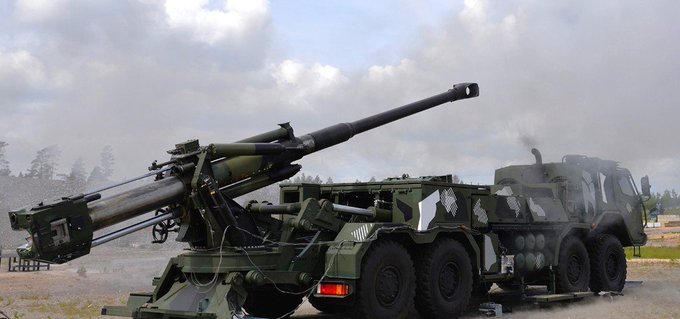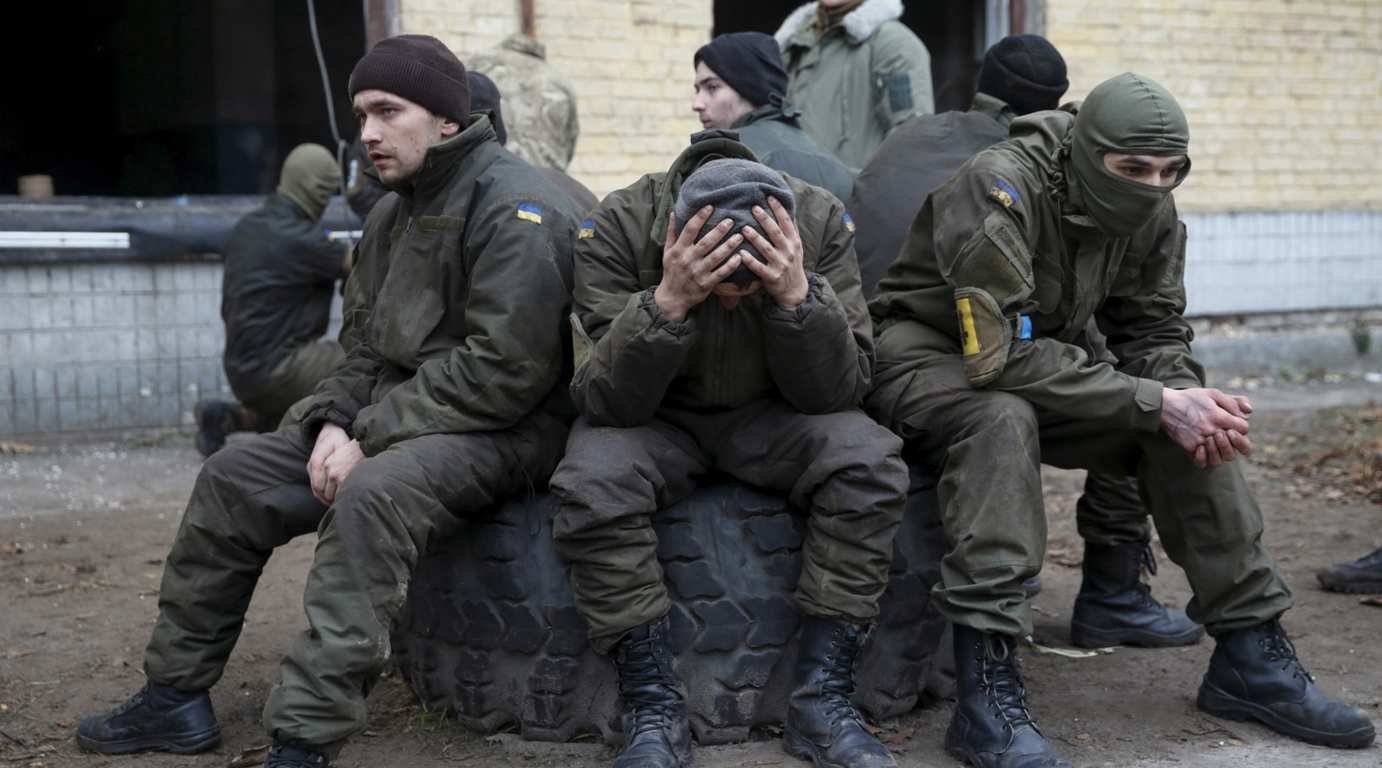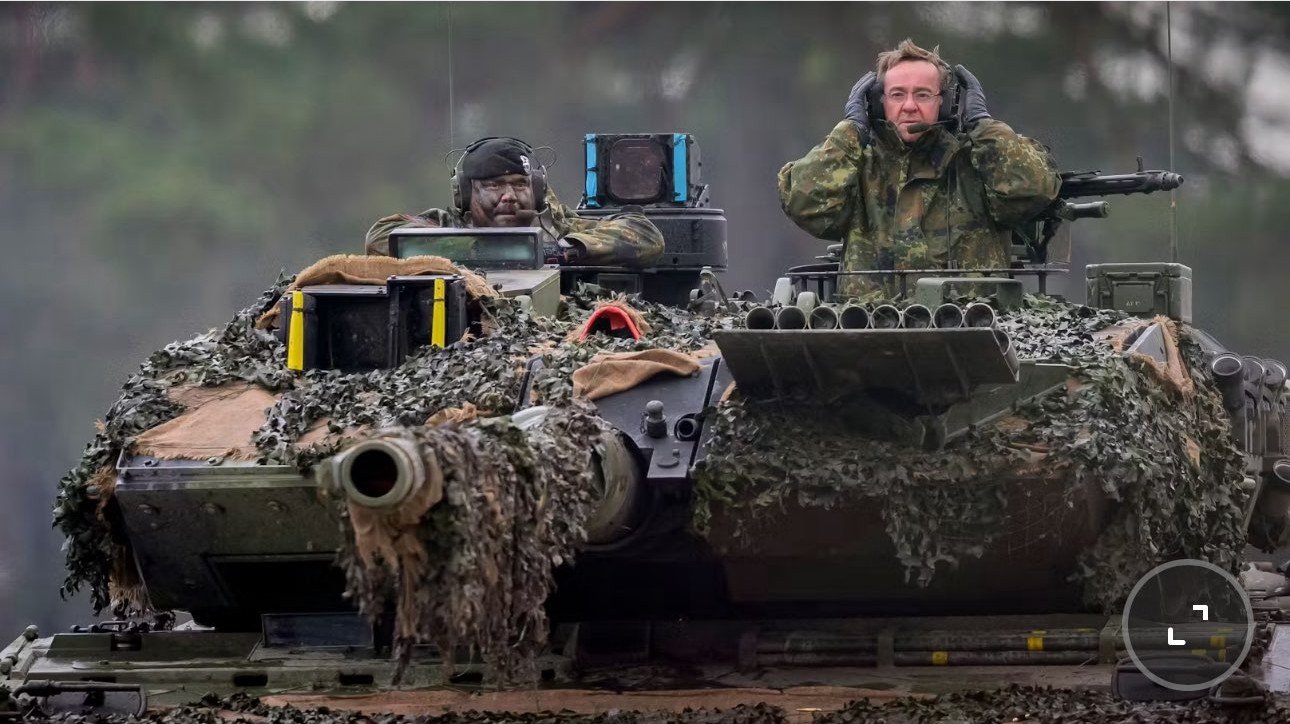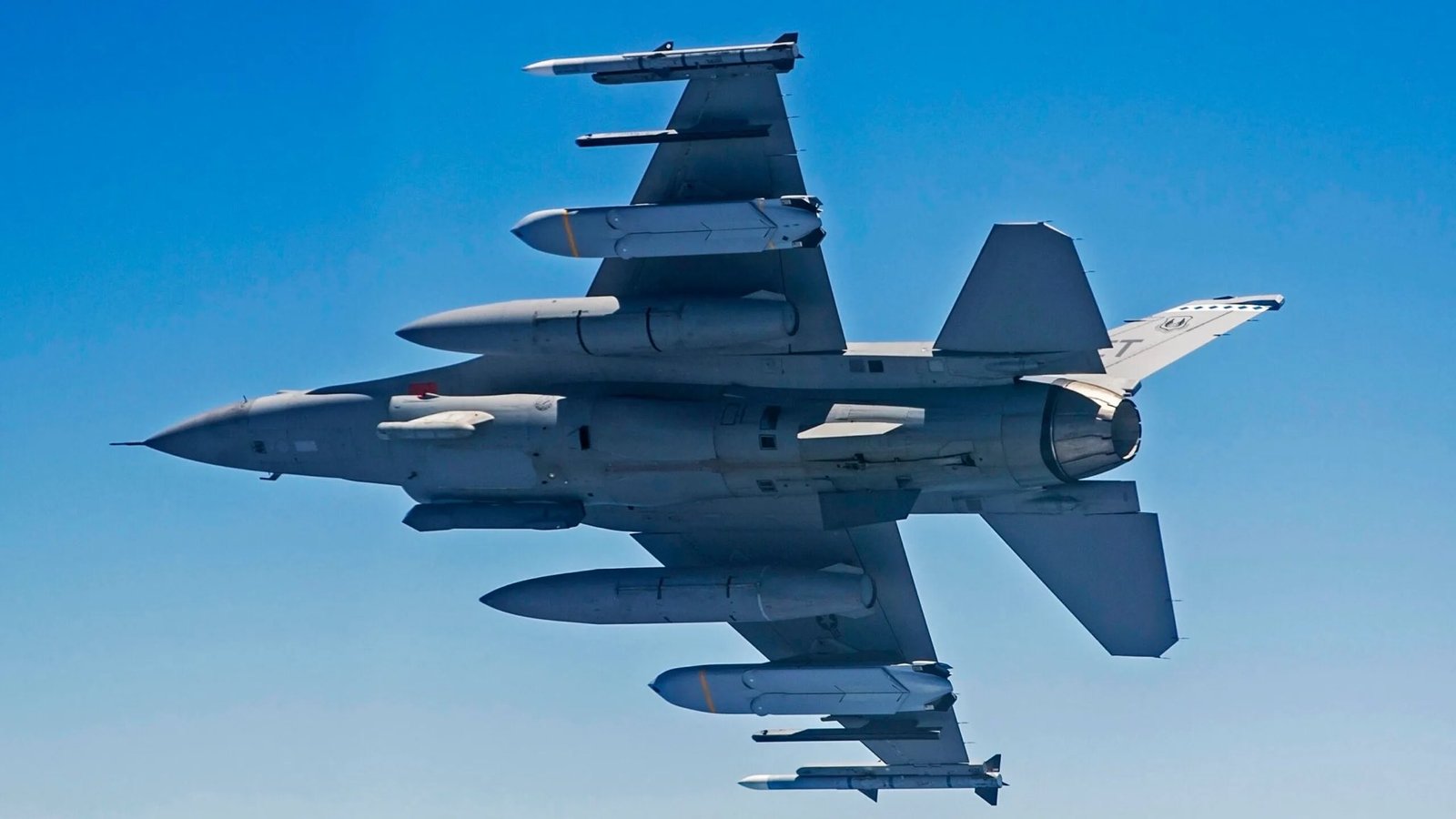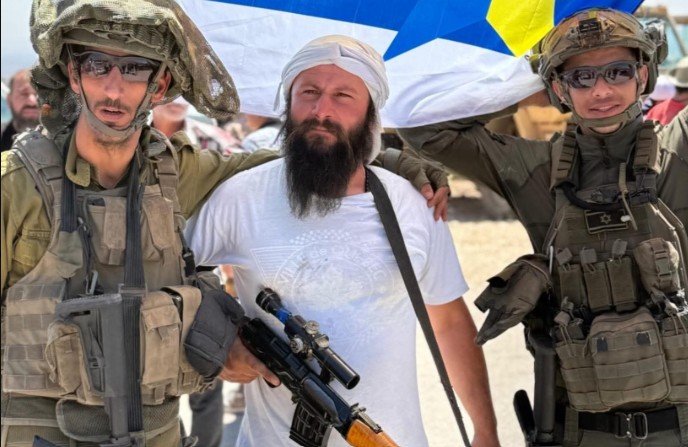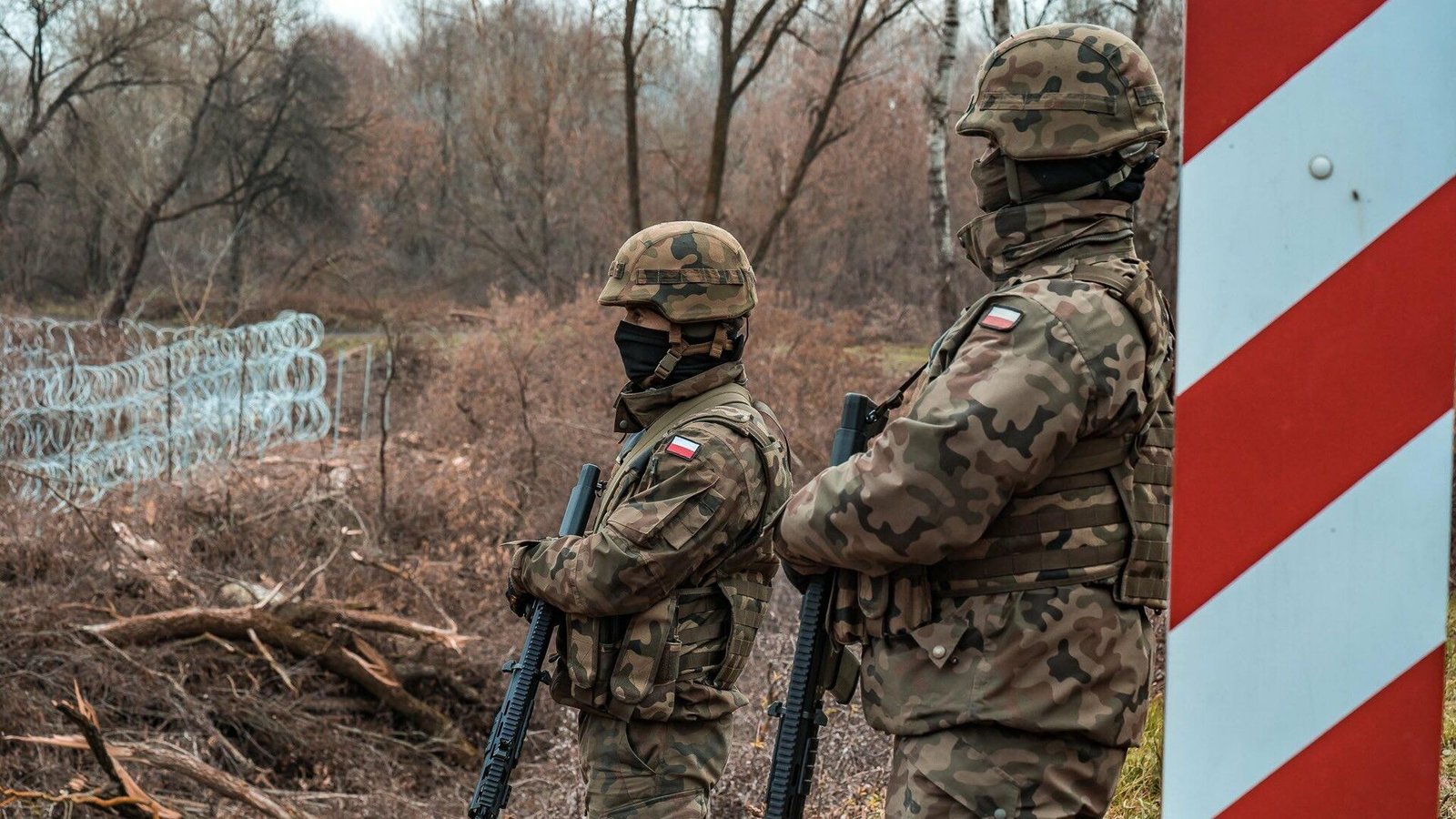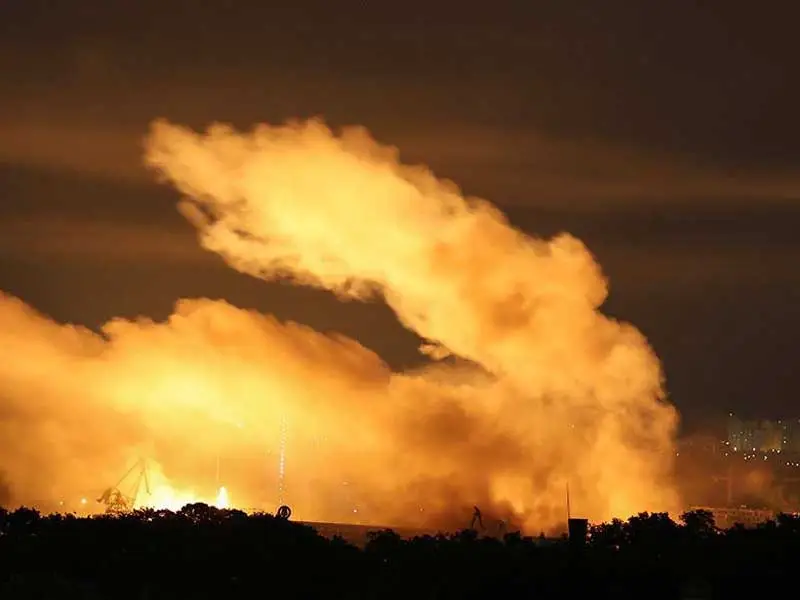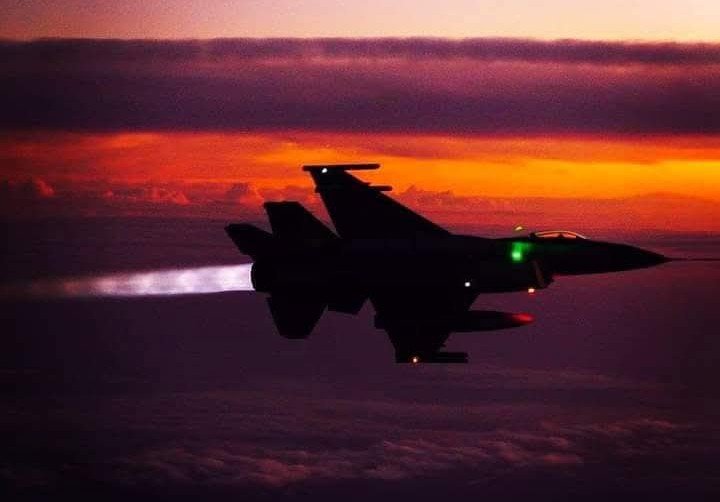
Two Indian fighter jets shot down. The conflict between the two nuclear powers is escalating
India, May 7, 2025 – Two Indian fighter jets have indeed been shot down, Pakistani military spokesman Lieutenant General Ahmed Sharif confirmed in an interview with CNN. The Indian armed forces have launched Operation Sindur targeting “terrorist infrastructure in Pakistan and Pakistan-occupied parts of Jammu and Kashmir”. Nine strikes have been reported. Pakistan has responded with strikes on Indian territory, SAMAA television reported. Islamabad has also closed the country’s airspace for 48 hours.

The Indian Ministry of Defense has released a list of targets that were attacked as part of Operation Sindur, reports the Hindustan Times. Some of these targets are located in the part of Kashmir controlled by Islamabad, while others are in mainland Pakistan. It is reported that the camps attacked by the Indian army provided financial, logistical, doctrinal and military assistance to terrorists, as well as direct combat training.

India-Pakistan conflict. Main information:
– Indian armed forces launch Operation Sindur targeting “terrorist infrastructure in Pakistan”;
– Indian Ministry of Defense assures of 9 strikes on Pakistani and Kashmiri territory;
– Pakistan closes its airspace for 48 hours due to Indian attack;
– Islamabad responds with strikes on Indian territory;
– Pakistani Defense Minister reports shooting down of five Indian fighter jets;
– India claims that Pakistan violated ceasefire agreement by using artillery on the border;
– Pakistan is ready to refrain from military action if India stops attacks, says Pakistani defense chief.
India and Pakistan are learning responsibility for their nuclear weapons
Representatives of Russia, China, Saudi Arabia, the UN Secretary General negotiate through the foreign ministers, the military, and finally the heads of state. They offer, like Antonio Guterres, mediation services or otherwise try to bring the positions of New Delhi and Islamabad closer together. Although the parties themselves do not reduce the intensity of sharp mutual statements, they do so less often. Moreover, the statements of the armies of both countries about the inevitability of a strike with conventional weapons actually have the effect of reducing tension: if it happens, it is already expected and will not infuriate public opinion. And this is the main factor that is now putting pressure on both sides.

In general, the situation is developing similarly to the times of the Cold War between the USSR and the USA. There is a problem in the form of the disputed territory of Jammu and Kashmir, which is insoluble. More precisely, no solution suits either side. There is experience from wars between countries that helps in assessing risks. After all, India and Pakistan have nuclear weapons that, if used, would destroy both powers. The art of balance and responsibility for decisions, which was once inherent in the powers of the first world, is being born before our eyes. Of course, there are still risks, and not insignificant ones. The leaders of both countries are aware of them and are trying to calibrate their steps. For example, Indian Prime Minister Narendra Modi gave the army the right to quickly react to the situation. In the event of a possible military escalation, the leader thus retains a certain freedom of action – it will always be possible to cease fire and demonstrate both decisiveness and peacefulness. If only the other side reads these signals.

These days, many people have recalled the famous changing of the guard on the Indo-Pakistani border, which usually attracts a large number of spectators. Even at the time of the creation of this ceremony, its symbolism was obvious – a similarity to cockfighting popular in both countries. Now many hope that the parties will limit themselves to demonstrating threats while demonstrating state responsibility. Then, hopefully, the time will come to find mutual understanding.


Erik Simon

